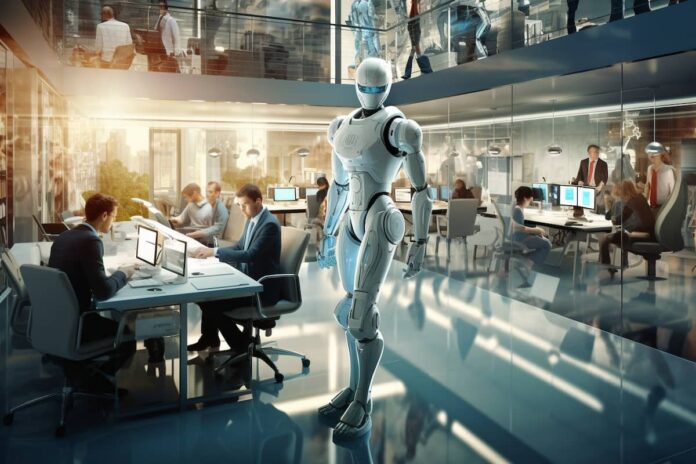The rise of industrial robots has reshaped the landscape of manufacturing, logistics, and many other sectors, igniting a robust debate about their economic impact on job creation versus job displacement. This article explores this dual-edged phenomenon, providing a nuanced understanding of how robots not only automate tasks but also generate new job opportunities, thus transforming the modern workforce.
The Expansion of Industrial Robotics
Industrial robots are increasingly becoming integral to the production processes due to their efficiency and capability to perform repetitive tasks with precision. From automotive assembly lines to packaging in food industries, robots are ubiquitous, driven by advancements in artificial intelligence (AI) and machine learning.
Growth Statistics: The International Federation of Robotics reports a surge in robot installations worldwide, underscoring the accelerating pace of automation. This trend reflects the growing reliance on robots to sustain productivity and competitive advantage in global markets.
Economic Impact on Job Displacement
The primary concern surrounding the adoption of industrial robots is job displacement. As robots become capable of performing complex tasks, the fear that they will replace human workers looms large.
Manufacturing Sector: Traditionally, this sector has seen the most significant impact, with robots performing tasks ranging from welding to assembly, previously done by human hands. The efficiency of robots can lead to reduced demand for manual laborers.
Case Studies: In automotive industries, for instance, robots have taken over jobs like painting and installing parts, which are repetitive and can be hazardous to humans. The displacement in these roles is often cited as a direct consequence of automation.
The Flip Side: Job Creation through Robotics
Contrary to popular belief, the rise of robotics also presents opportunities for job creation, particularly in engineering, programming, and maintenance.
New Job Roles: As the deployment of robots grows, so does the demand for robotics technicians, engineers, and operators who can manage, maintain, and optimize these systems. These roles require specialized skills in robotics technology, software handling, and system troubleshooting.
Economic Theories Supporting Job Creation: According to economic theories such as task-based models, while automation replaces routine jobs, it also creates non-routine jobs that require human ingenuity and problem-solving skills. Thus, the net effect on employment could be neutral or even positive if the workforce adapts to the evolving job requirements.
Enhancing Productivity and Economic Growth
The adoption of robots can lead to significant productivity boosts, driving economic growth and potentially leading to job creation in other sectors.
Increased Output: Robots can operate continuously without fatigue, increasing overall production output and allowing companies to meet higher demand more efficiently.
Economic Benefits: Increased productivity can lower production costs, reduce prices for consumers, and increase the competitiveness of products in international markets. These factors can contribute to economic growth, which historically has led to job creation in various sectors.
Navigating the Challenges: Education and Policy Interventions
To harness the benefits of robotics while mitigating the risks of job displacement, proactive strategies in education and policymaking are essential.
Skills Development: Educational systems need to emphasize STEM education and provide training in high-tech skills to prepare workers for a robotics-rich economy.
Policy Measures: Governments can implement policies to ease the transition for displaced workers, such as retraining programs, unemployment benefits, and incentives for companies that create new jobs.
Conclusion
The economic impact of industrial robots is complex, featuring both job creation and displacement. By understanding this dual impact, stakeholders can better prepare and adapt to the changes brought by this technological revolution. The future of work will likely depend on our ability to integrate robots into the economy while ensuring that the workforce evolves alongside technological advancements.





